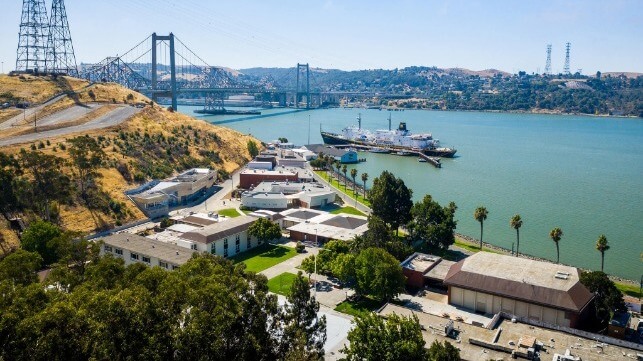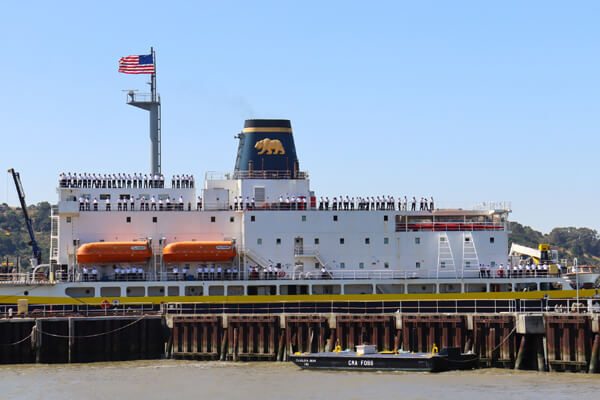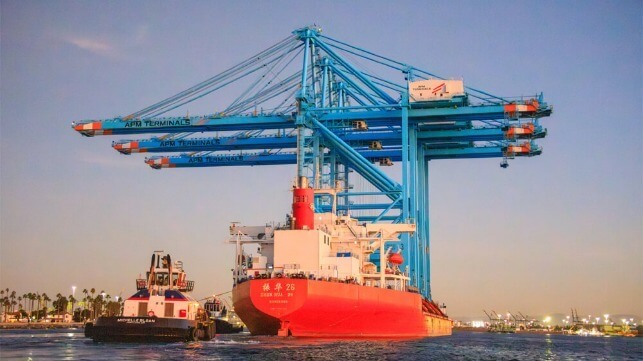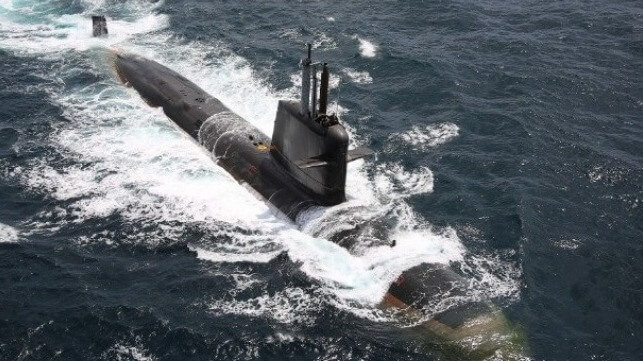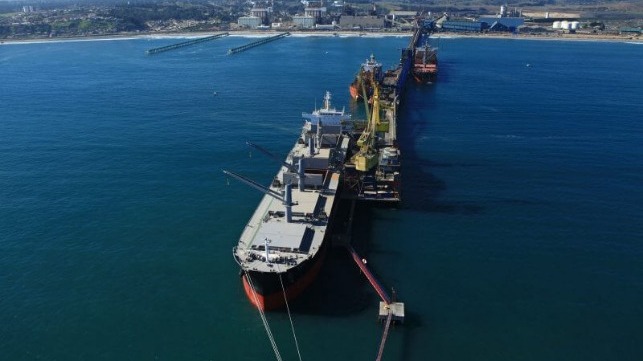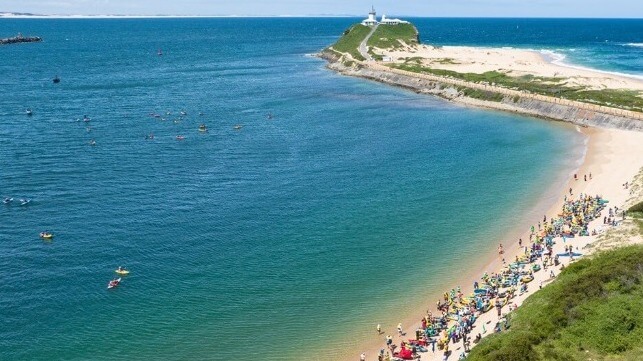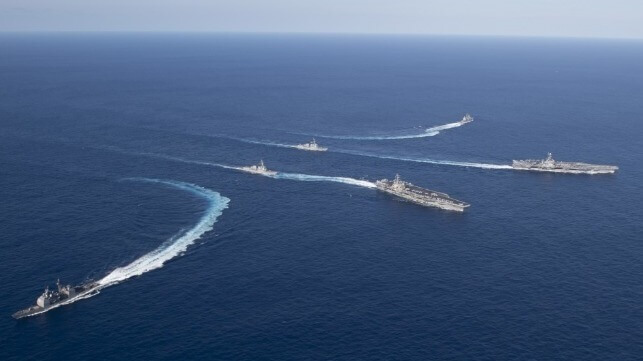Australia Bans Cargo Ship for Six Months Citing Unsafe Cargo Operations
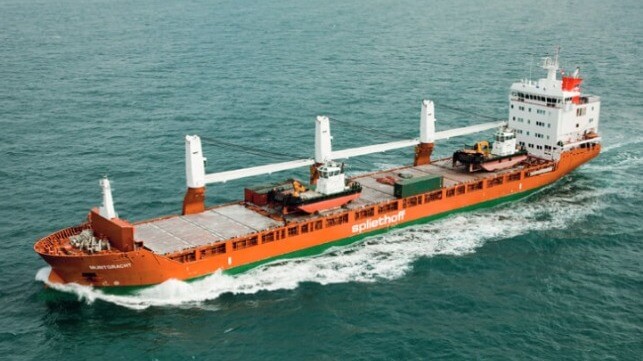
The Australia Maritime Safety Authority (AMSA) has issued its fourth ban this year on a cargo ship this time citing “unsafe cargo operations” as the reason for denying entry into Australia’s ports. AMSA said the authority has escalated its enforcement action to send a message to operators that risks to safety and the marine environment would not be tolerated in Australia.
The Dutch-flagged general cargo ship Marsgracht (12,284 dwt) operated by Spliethoff was issued a “refusal of access” banning the ship for 180 days from Australian ports. According to AMSA, the vessel was detained for “improper stowage of dangerous goods,” during a port state inspection on November 14 at Port Alma.
The vessel, which was built in 2011 is 466 feet (142 meters) in length. The spec sheet posted by Spliethoff notes the ships are “fitted for carriage of dangerous goods of all IMO classes.”
AMSA highlights that it was the second time this vessel had been detained in Australia. In February at the same port, AMSA also cited the vessel for the same issue of improper stowage of dangerous goods.
“This recurrence highlights systemic failures in the ship’s safety management system and a serious lack of effective remedial action,” contended AMSA announcing today’s action.
It however appears to also be part of a broader disagreement between the shipping company and the Australian regulators. AMSA reports this detention was the fourth since July 2022 for a Spliethoff-operated ship for failing to comply with the code for stowage of dangerous goods.
This reflects a broader pattern of non-compliance and poor performance, undermining the safety of seafarers and the Australian marine environment contends AMSA. Spliethoff they write is considered a poor performing operator, having been placed back on the list on February 8, 2024. As a result, all the company ships are eligible for inspection every three months in Australia as part of ongoing compliance activities with company ships. AMSA reports it will review the performance of Spliethoff's Bevrachtingskantoor after 12 months.
“AMSA takes its role as a maritime safety regulator very seriously and will not hesitate to take swift and appropriate action against unsafe ships, their owners and operators," said Executive Director Operations Michael Drake. "When it comes to loading dangerous cargo, there is no scope for non-compliance. International minimum standards exist to protect the lives of seafarers, and our precious marine and coastal environments.”
In the first half of 2024, AMSA banned three other vessels from Australia’s ports. The issues included maintenance and failure to properly report to the Australian authorities. The rate however is down from 2023 when nine bans were issued from Australian ports.
